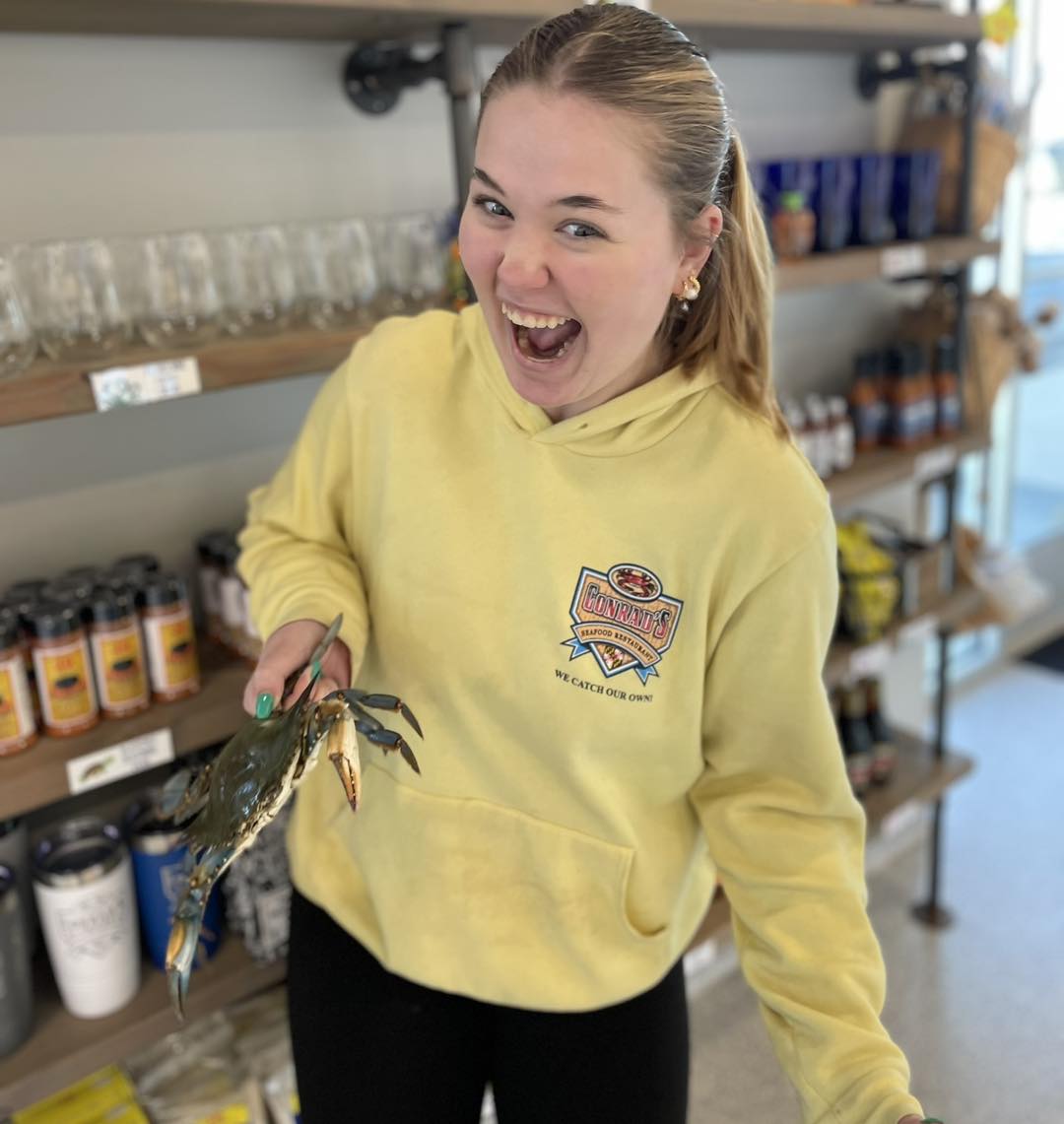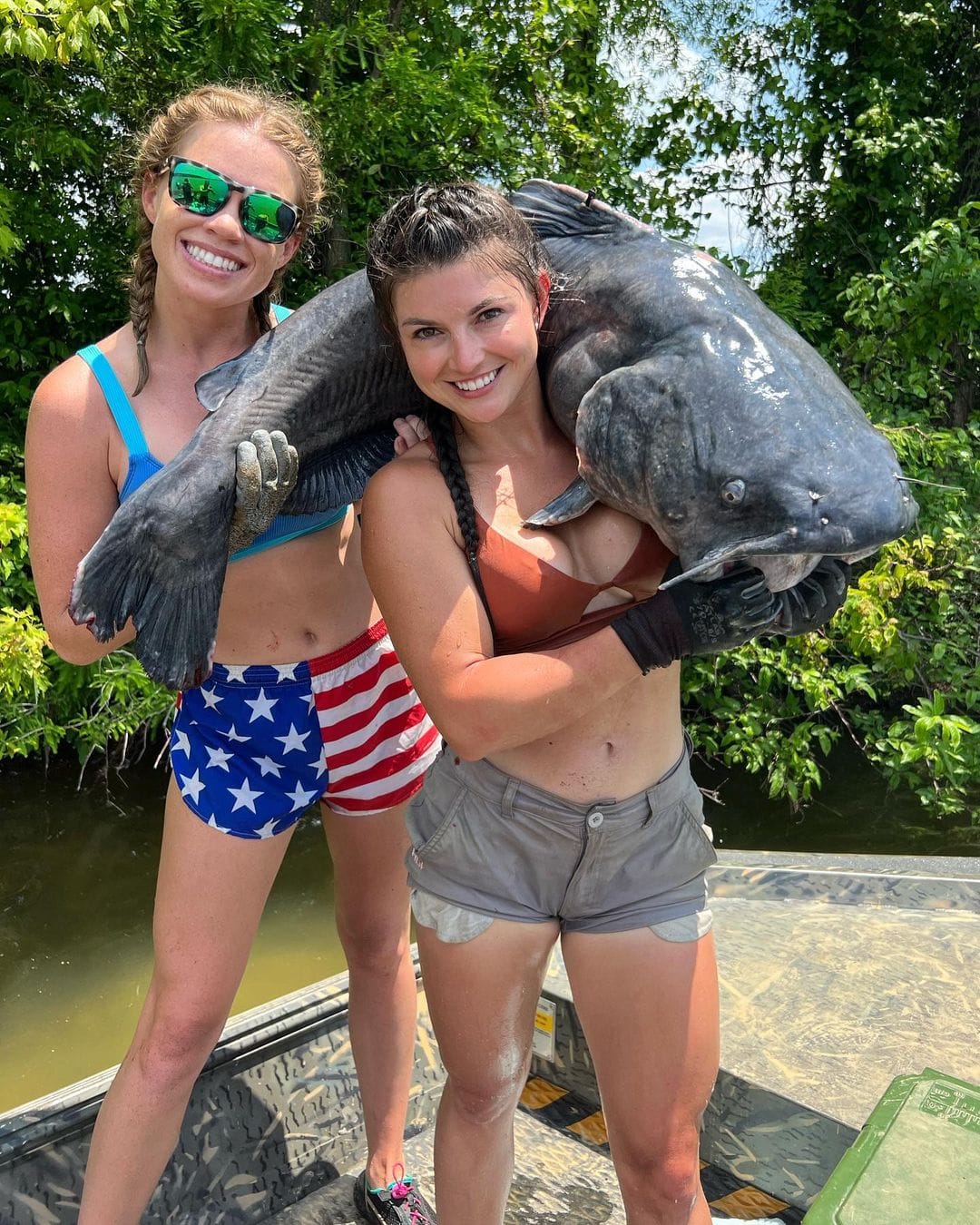With Memorial Day now in the rearview mirror, it’s time to ponder the approach of summer and one of the Maryland’s most beloved traditions, the consumption of blue crabs. Whether seasoned, steamed and eaten over the pages of The Baltimore Sun, or served as crab cakes, crab balls, crab dip, crab salad or crab soup, the lure of the Chesapeake Bay’s “beautiful swimmers,” as Callinectes sapidus are known, is undeniable. What’s less clear is whether they will be abundant in these environmentally challenging times. The good news is that the best predictor of the season, the results of the annual winter dredge survey, which extrapolates their numbers from wintering female crab populations, are in, and things are looking fairly good.DC News Now not so optimistic What to expect for crab season in Maryland
The Virginia Marine Resources Commission and the Maryland Department of Natural Resources predict about 317 million crabs this year. That’s a slight reduction from last year’s estimate of 323 million, but well within the safe range. By comparison, the survey estimated just 227 million blue crabs in 2022, a record low since the survey was launched in 1990. More concerning for this year’s total is that the estimated number of adult females (the more crucial half for reproduction) is down to 133 million from 152 million last year. Scientists say the ideal number would be around 215 million to guarantee a sustainable harvest.
None of this is a reason to swear off lump crab meat, but it does give good reason for state regulatory agencies to be cautious with this beloved species. Efforts to preserve (and perhaps even cultivate where possible) submerged aquatic vegetation that harbors females and their juveniles should continue, and reasonable catch limits for both recreational and commercial harvest must be enforced.
Crab season is upon us in the DMV and Maryland Department of Natural Resources’ (MDNR) recent study shows just how many we could see this summer.Blue Cats! It's all Blue Catfish! Straight Arrow News, Blue catfish are destroying wildlife in the Chesapeake Bay
The report said both female and male blue crabs have declined by about 10%. That’s from fishing limits put in place to limit how many crabs can be caught. However, there is a concern about the declining number of juvenile crabs available.
Officials said the decline could be from the surrounding environment and an increase in predators such as the blue catfish. But Maryland’s DNR said there is something people can do to help.
“The public can engage in ways that are on a recreational basis,” Michael Luisi, with MDNR’s fishing and boating services, said. “They can help us try to control that population of catfish by fishing for them, so we’re trying to promote the recreation of catching the catfish to help us with that control over predator and prey.”
The Chesapeake Bay is the largest estuary in the United States. On the surface it can appear to be a pristine haven for locals and tourists who want to enjoy nature. However, beneath the scenic waters lies an environmental nightmare: blue catfish. It’s an invasive species that can grow larger than 80 pounds.
According to the Maryland Department of Natural Resources (DNR), there were an estimated 100 million catfish in the bay in 2011. Although there are no recent estimates, the DNR knows the population has grown.
“Supposed to be zero, supposed to be zero blue catfish in the Chesapeake Bay Basin,” Joseph Love, a member of the DNR Invasive Species Matrix Team, said.
These catfish are eating everything that make the Chesapeake Bay what it is: blue crabs and the eggs of striped bass.
“The Chesapeake Bay is changing and part of that’s owed to invasive species,” Love said in an interview with Straight Arrow News.
The Wombat has Rule 5 Sunday: Something Blue up and garnering clicks at The Other McCain.



No comments:
Post a Comment